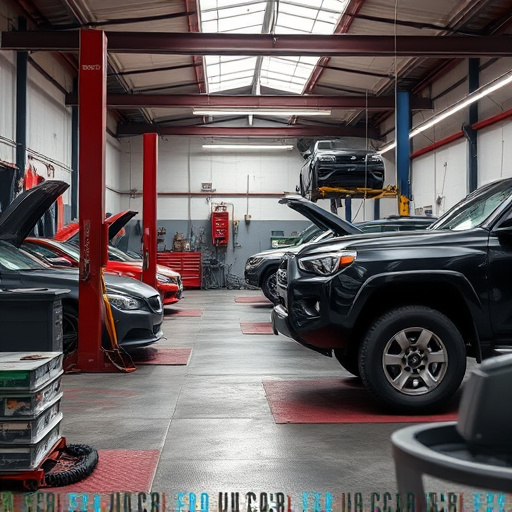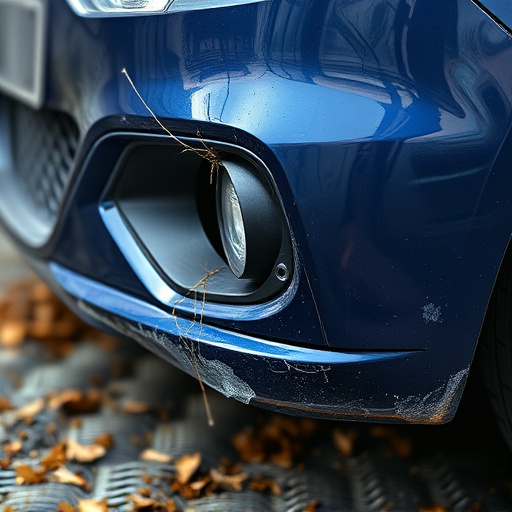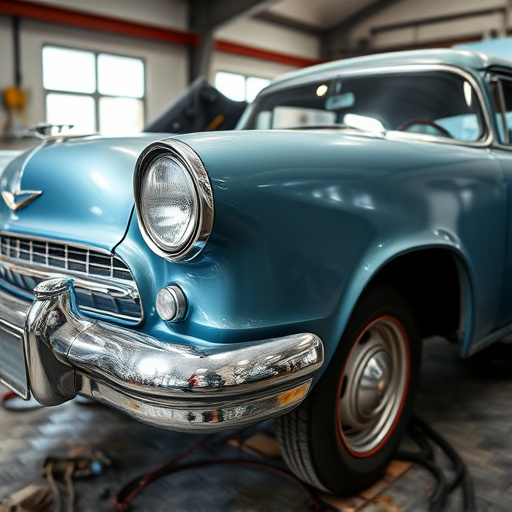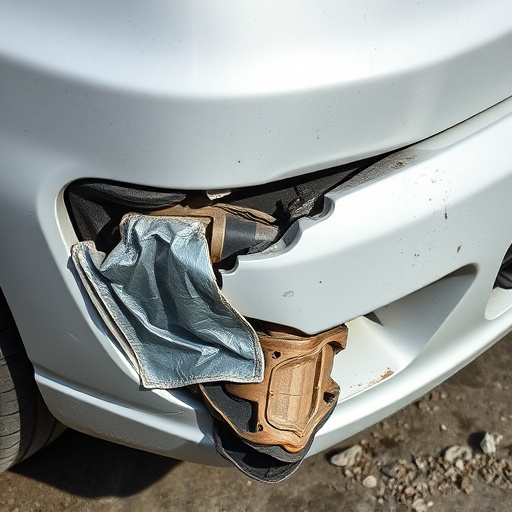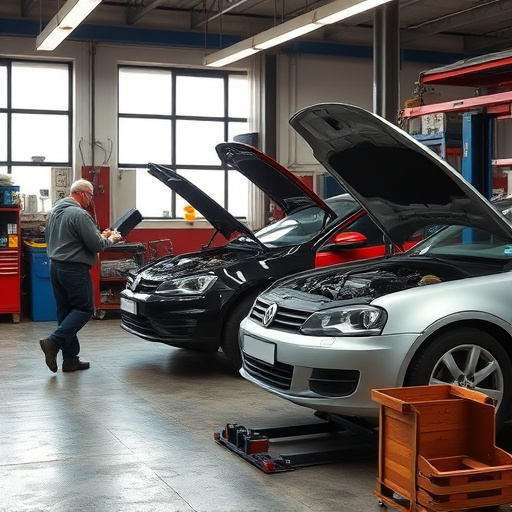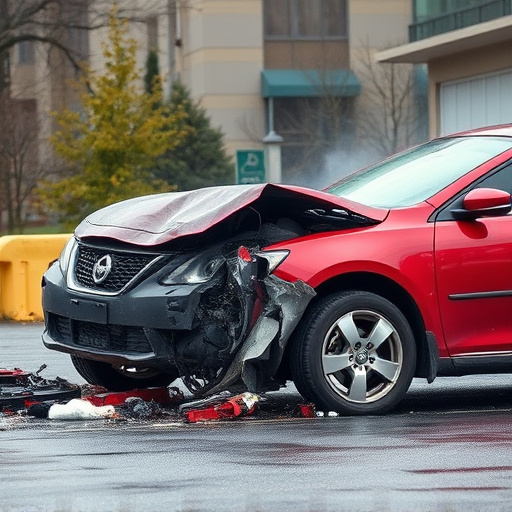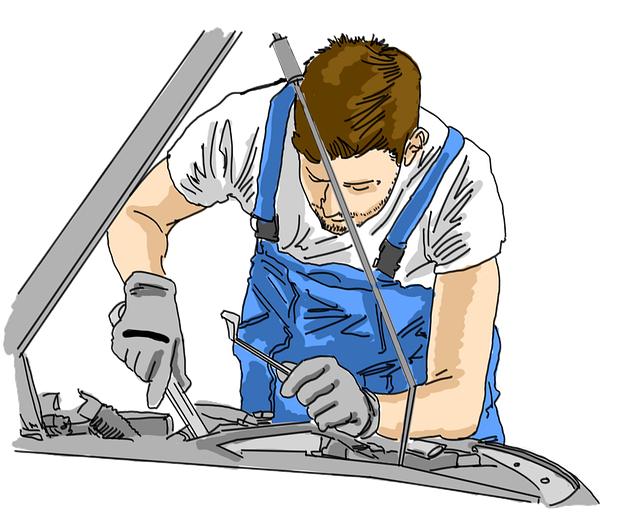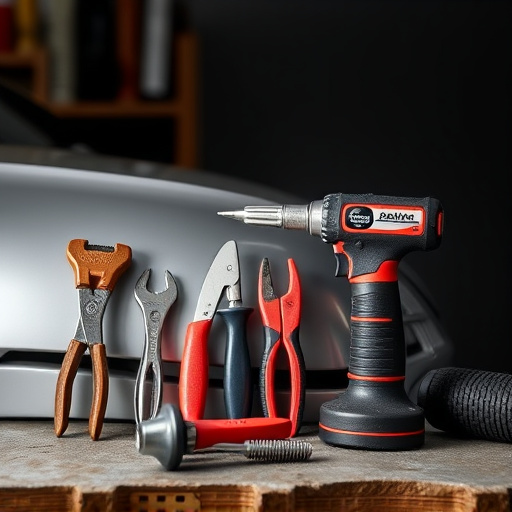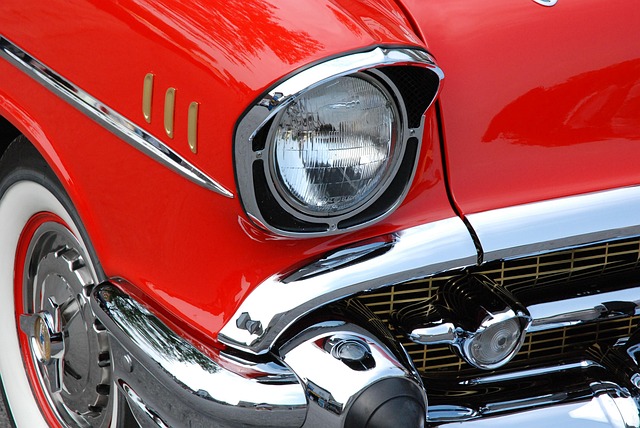Plasma cutting collision repair revolutionizes auto body work with precision and efficiency. Minimizing heat input preserves structural integrity and reduces damage to finishes. Ideal for complex shapes, panel replacement, hemming, and edge finishing. Best practices include proper ventilation, safety gear, regular equipment maintenance, prompt part replacement, and optimized cutting parameters based on material type and thickness.
“Discover the game-changing potential of plasma cutting technology in revolutionizing collision repair processes. This comprehensive guide unravels the advantages of adopting this advanced method, from precise cuts to efficient material handling. Learn how plasma cutting ensures indelible results, outpacing traditional techniques. We’ll explore best practices, including preparation tips and post-cut treatments, to maximize efficiency and ensure top-notch repairs. Dive into this symphony of modern repair techniques for a bustling industry.”
- Understanding Plasma Cutting Technology for Repair
- Advantages of Plasma Cutting in Collision Repairs
- Best Practices for Maximizing Plasma Cutting Efficiency
Understanding Plasma Cutting Technology for Repair
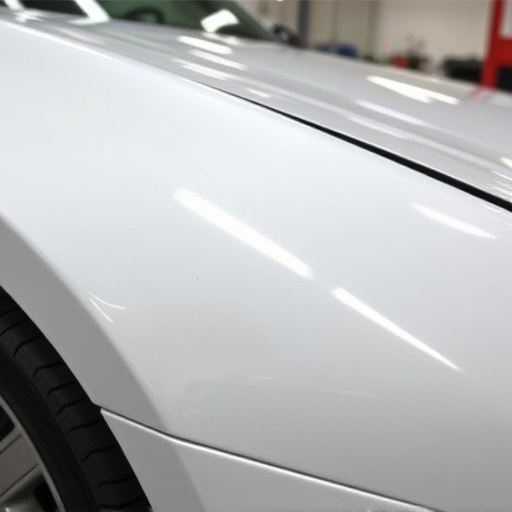
Plasma cutting technology has revolutionized automotive body work, particularly in collision repair. Unlike traditional methods, plasma cutting involves using a high-velocity jet of ionized gas to precisely cut through materials, including damaged car bodies. This innovative approach offers several advantages for auto body shops and customers alike. By employing plasma cutting techniques, technicians can achieve clean, accurate cuts with minimal heat input, preserving the structural integrity of the vehicle and minimizing the risk of warping or melting the metal.
This technology is especially beneficial for complex car paint repair tasks. With its ability to cut through various materials with speed and precision, plasma cutting streamlines the process of preparing damaged panels for reconstruction or replacement. It efficiently removes contaminated or weakened sections of the automotive body, ensuring that only intact, high-quality material remains. This meticulous approach not only enhances the quality of the repair but also extends the lifespan of the vehicle’s structural components, making it a preferred method in modern automotive body shops specializing in plasma cutting collision repair.
Advantages of Plasma Cutting in Collision Repairs
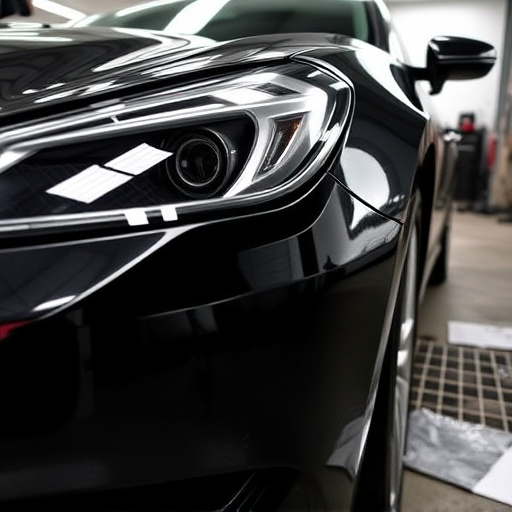
Plasma cutting has emerged as a game-changer in the realm of collision repairs, offering numerous advantages over traditional methods. Its precision and efficiency make it an ideal choice for auto body repairs, especially when dealing with intricate designs and complex shapes. This advanced technology enables precise cuts and accurate outcomes, ensuring that even the most delicate fender repair or dent removal can be executed with minimal impact on the surrounding areas.
In collision repair, plasma cutting provides a faster and more controlled process, reducing the risk of damage to the vehicle’s finish and structural integrity. The technique is particularly useful for panel replacement, hemming, and edge finishing, ensuring that every repair is not just visually appealing but also structurally sound. With its ability to cut through various materials with ease, plasma cutting collision repair offers a more efficient and cost-effective solution, making it a preferred choice among professionals in the industry.
Best Practices for Maximizing Plasma Cutting Efficiency

To maximize the benefits of plasma cutting collision repair, it’s essential to adhere to best practices that enhance efficiency and precision. Firstly, ensure proper ventilation in the work area, as plasma cutting generates heat and potentially harmful gases. Using high-quality protective gear, including gloves, goggles, and masks, is paramount for the safety of both technicians and the environment.
Secondly, invest in regular maintenance of your plasma cutting equipment to keep it running smoothly. Calibrate tools regularly and replace worn parts promptly to maintain accuracy and consistency in cuts. Additionally, optimize cutting parameters like gas flow rate and power settings based on material type and thickness, ensuring efficient use of resources and minimizing waste. Incorporating these practices into collision repair services will not only enhance the speed and quality of vehicle body repair but also contribute to a safer working environment.
Plasma cutting collision repair offers a game-changing approach to automotive restoration, combining precision and efficiency. By understanding the technology, leveraging its advantages, and adhering to best practices, professionals can maximize the benefits of plasma cutting, ensuring superior results in collision repairs. Incorporating this innovative technique into workflows not only streamlines processes but also enhances the overall quality of vehicle restorations.
